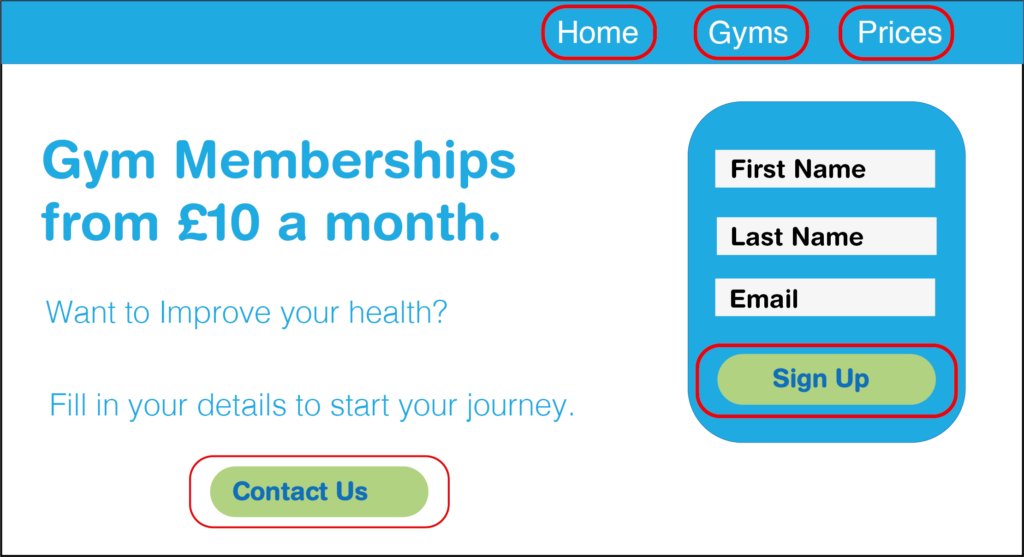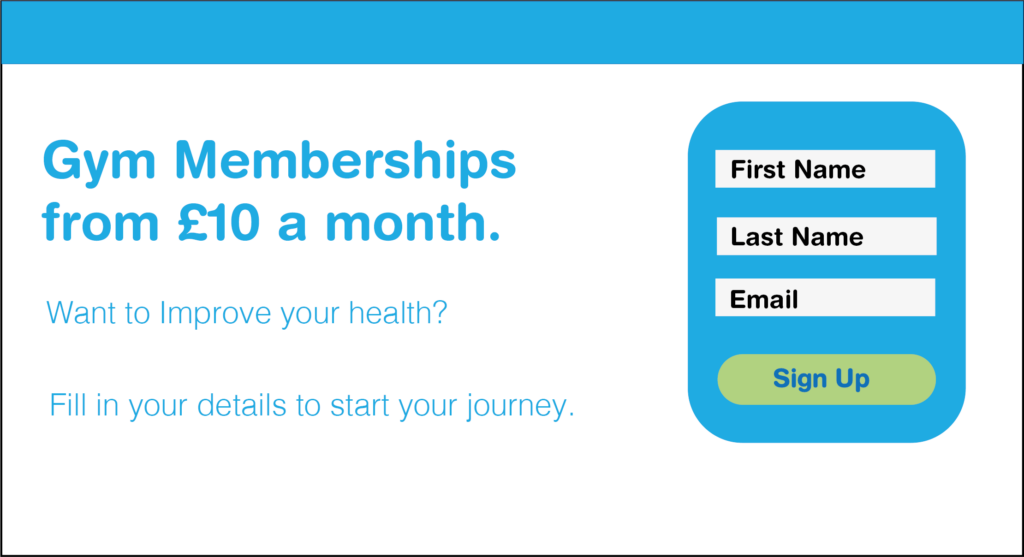
5 Ways To Optimise PPC B2B Campaigns
Google Ads/PPC is a great way to generate leads or sales for your business.
Capturing your customer’s attention, whilst they are making an intent-driven search, is guaranteed to secure you qualified leads.
As with any other marketing campaign, driving a healthy return on investment from your B2B PPC endeavours is key to keeping your clients happy.
A Google Ads campaign should be nurtured constantly by looking at existing data and using best practices to optimise results. Wasted ad spend is far too common in Google Ads so your goal is to get the most out of every penny in your budget.
At Tao Digital, we have seen incredible growth in our clients accounts through the implementation of various optimisation techniques.
Because of our kind-hearted nature, we thought we’d share the best techniques that have increased our conversions and reduced our campaign costs.
1. Landing Page Speed
What could be worse than clicking on an appealing ad, only for the website to take ages to load?
Okay, there are probably lots of things that are worse, but the point is that you have literally seconds to make a good impression on your users.
If your landing page is too slow then prepare for users to click off and go to your competition’s site before your page even loads.
Landing page speed is, therefore, a crucial component of your google ads campaign that you should be paying attention to. The faster the page the better!
In November 2018, we took over a clients PPC account and saw that it needed drastic changes.
The mobile speed score for the landing page was sitting at 4/10 which was seriously affecting the conversion rate. By running some speed audits, we began to understand what was causing the site speed to be so slow.

After optimising images and implementing back end and hosting fixes, we were able to increase the mobile speed to 8/10.
As you can see, this had a dramatic impact on the client’s conversion rate rising from 0.17% to 7.89%. A small change but one that has a huge impact!

2. Landing Page Attention Ratio
Once you have directed users to your landing page, they need to know exactly where to look, where to click and how to take action. Too much information can overload people so aim for an attention ratio of 1:1.
If you have no idea what an attention ratio is, you are in for a treat.
Attention ratio is the ratio of interactive elements on a landing page to the number of campaign conversion goals.
If you are running a lead generation campaign then you have one goal – someone filling out a form. With this in mind, your landing page should have only one call to action and only one place to click.
If we look at two example landings pages below, you’ll notice the first landing page has 5 clickable elements.

Whereas, the second landing page only has one clickable element. As a user, you want to be able to find what you are looking for instantly and take action.
Overloading your user with clickable elements such as different calls to action or site links will result in a lower conversion rate.

3. Campaign Structure
Google ad campaigns come in all shapes and sizes. From small local businesses to huge e-commerce sites, every account is bound to have a unique structure depending on the services or products being offered.
There are, however, ways of approaching your Google ad campaigns that will improve the efficiency of your campaign.
When structuring your campaign you need to consider several options.
For our clients, we first analyse their website and see if it would make sense to structure the campaign similar to how their pages are structured.
We love to use this method as mirroring the website structure aligns ad groups and landing pages.
If not, then we further analyse their products and services and split them up into relevant categories depending on the business’s goals.
For example, a tennis equipment store may have a Tennis racket campaign with ad groups based on different models or even prices.
However, maybe the store has the best margins on Adidas equipment which would give way to the possibility of creating an Adidas campaign and having different product types as the ad groups.
Whichever way you structure your campaign, be methodical and do your research into the business’s services and goals.
4. In-Market Audiences
In-market audiences is a relatively new feature from google but one that has made a huge difference to our campaigns.
Imagine the ability to individually target audiences who you know are actively searching for your companies services or have shown previous interest.
With in-market audiences, this has become a possibility.
Google now gives you access to audiences who have specific interests, intents and demographics. Own a gym and need to get more sign-ups?
You can adjust your bids to bid higher on the people within the ‘fitness audience’ or ‘sports audience’.
This ensures that when someone is actively searching for your services with strong intent, you are the first point of call that they see.
5. Ad Copy
Around 3 seconds – that’s how long you have to capture your customer’s attention. Your ad copy needs to instantly let the user know why they need your services and the benefit they are going to gain from them.
You need to speak to your customers in the language they respond to in everyday conversation.
In a split second, your customer will read your ad and decide whether or not you are relevant. Your Google ad copy should be about the benefits or emotional payoffs that a person is going to receive.
Putting the benefits before the features or services is a great way to capture attention and improve click-through rate.
We tested this out with one of our clients and saw a steady increase in conversions and click through rate.
You can see the comparisons below.

Increasing landing page speed, design and ad copy increased our click through rate and conversion rate significantly.

For our client in this instance, a conversion meant some filling out their details in a contact form. Clients want tangible results from their marketing efforts – in this case leads – so being able to consistently increase that number is critical.
This goes to show a few small changes in the right areas can have a huge impact on the results of our campaign.
Final Thoughts
There you have it! The five techniques we used to increase our clients campaign performance. We hope this has provided some useful insights into the world of PPC and campaign optimisation. To learn more about our PPC services, feel free to visit our PPC page here.
Alternatively, if you would like help with a Google Ads/PPC campaign, we would love to help in any way we can!